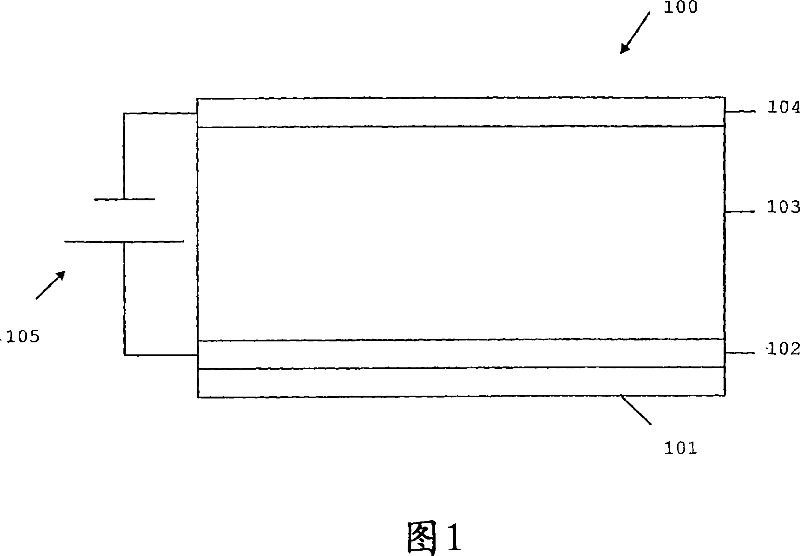Organic light emitting devices comprising dielectric capping layers
A technology for organic light-emitting devices and covering layers, which is applied in the direction of electric solid devices, electrical components, semiconductor devices, etc., can solve the problems of low contrast ratio of organic LEDs, difficult to handle manufacturing methods, and complex displays.
- Summary
- Abstract
- Description
- Claims
- Application Information
AI Technical Summary
Problems solved by technology
Method used
Image
Examples
Embodiment Construction
[0049] Figures 3a-c show schematic diagrams of an array of three sub-pixels constituting an organic light emitting device (OLED). In an embodiment of the invention the organic light emitting device is an organic light emitting diode. Each OLED of array 300 includes a substrate 309 . In the illustrated embodiment, substrate 309 is a glass substrate on which indium tin oxide (ITO) layer 301 is formed. Under the glass substrate 309, ie, opposite to the ITO layer 301, a mirror layer 310 is formed. The ITO layer 301 serves as a first electrode such as an anode of the organic light emitting diode, and is connected to a power source not shown in FIG. 3 . A mirror layer 310 is formed to increase the efficiency of the OLED. Such a mirror layer 310 may be formed, for example, by a silver layer or a dielectric material.
[0050] Alternatively, an aluminum layer may be used to form the anode 301 . In this case, the mirror layer 310 can be formed by treating the aluminum layer of the ...
PUM
 Login to View More
Login to View More Abstract
Description
Claims
Application Information
 Login to View More
Login to View More - R&D
- Intellectual Property
- Life Sciences
- Materials
- Tech Scout
- Unparalleled Data Quality
- Higher Quality Content
- 60% Fewer Hallucinations
Browse by: Latest US Patents, China's latest patents, Technical Efficacy Thesaurus, Application Domain, Technology Topic, Popular Technical Reports.
© 2025 PatSnap. All rights reserved.Legal|Privacy policy|Modern Slavery Act Transparency Statement|Sitemap|About US| Contact US: help@patsnap.com



